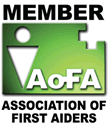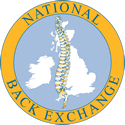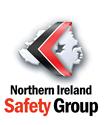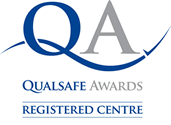Hands-Only CPR FAQs
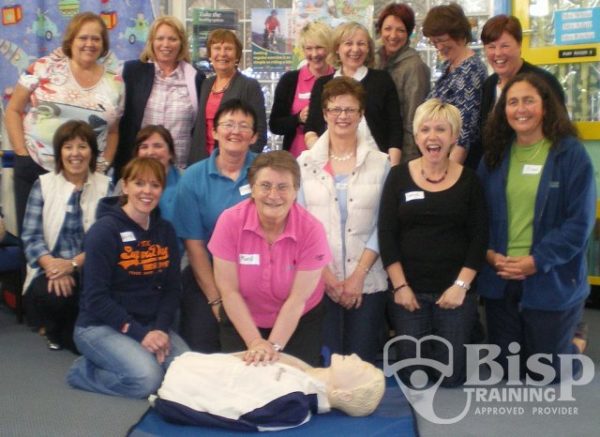
If someone has suddenly collapsed, is not breathing normally and is unresponsive they are in cardiac arrest.
Calling 999 and pushing hard and fast in the centre of their chest to the beat of Stayin’ Alive by the Bee Gees until an ambulance arrives could help save their life.
They’re simple actions but you may still have some questions about Hands-only CPR.
There are appalling survival rates from out-of-hospital cardiac arrests in the UK. Less than 10 per cent of casualties survive to leave hospital, and yet many cardiac arrests are witnessed by members of the public. We have to try and improve those survival rates while facing the reality that most people don’t know how to give cardiopulmonary resuscitation (CPR).
Research shows people are more likely to start CPR if they only have to carry out Hands-only CPR on a casualty. CPR with rescue breaths should remain the gold standard but if someone is untrained, or unsure about how to give rescue breaths and chest compressions, Hands-only CPR is still more likely to increase a casualty’s chance of survival.
So if you’ve been trained in CPR, including rescue breaths, and feel confident using your skills, you should still give chest compressions with rescue breaths.
Can you do Hands-only CPR for more than five minutes?
Hands-only CPR works best when an ambulance arrives within a few minutes. But even when help takes longer to arrive, Hands-only CPR is better than no CPR, so carry on until an ambulance arrives.


